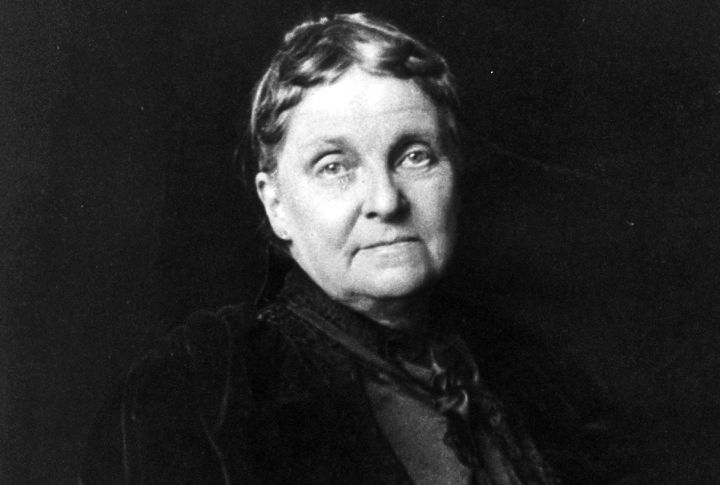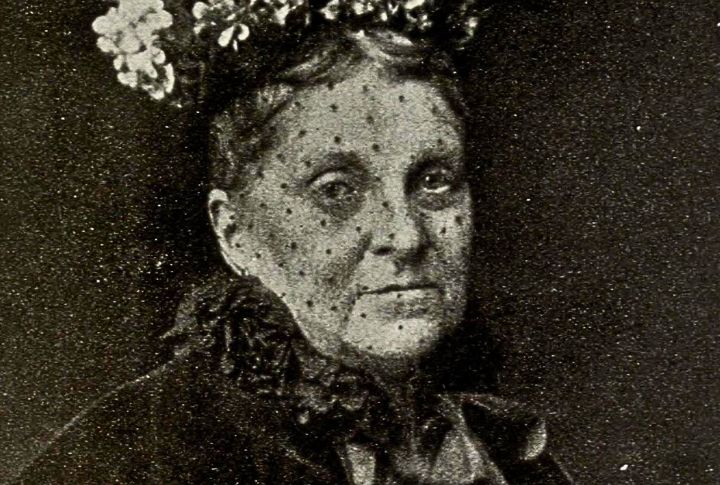
She was one of the wealthiest people you’ve never paid much attention to, and she made saving money an art form. Imagine a billionaire so thrifty she’d shock even the tightest spender. Curious how someone can live like a miser and still rule Wall Street? Keep reading to uncover the story of a potentially misunderstood tightwad with deep pockets.
Born In New Bedford To Quaker Whaling Heirs

The Green family’s wealth came from the 19th-century whaling boom in New Bedford, Massachusetts, a global hub for the industry. Born in 1834, Hetty inherited not just money but a Quaker work ethic and a strict sense of thrift that would define her entire life. It set her apart from typical millionaires in her era.
Became Family Bookkeeper At Age Thirteen

At thirteen, Miss Howland Robinson was already running the family’s books. She balanced ledgers with precision, gaining early financial responsibility that few adults possessed. Her accounting skills laid the groundwork for decades of savvy investing and money management that would make her a Wall Street legend.
Learned Finances From Her Father

Her father, Edward Mott Robinson, taught her the ropes in his countinghouses, exposing her to bonds, stocks, and property deals. Watching him negotiate helped her understand market mechanics even before she married Edward Green. These hands-on lessons were critical at a time when women were excluded from formal finance circles.
Millions In Inheritance In The Mid-1860s

By 1865, Hetty had inherited roughly $7.5 million, a staggering fortune worth roughly $147 million today. The wealth came from whaling profits, real estate, and savvy family investments. Handling such sums in the volatile post-Civil War economy required a cool head and a careful approach—skills she quickly mastered.
Marriage And Husband’s Financial Scandal

The Panic of 1873 rattled Wall Street, but the Greens stayed financially intact at first. By 1885, when Cisco and Son collapsed, Hetty was its biggest creditor, and her husband Edward, its largest debtor. She pulled out her holdings and bailed him out, effectively ending their marriage without a formal divorce.
Invested In Civil War Bonds And Railroads

Mrs. Green focused investments on Civil War government bonds and the rapidly expanding railroad industry, sectors with high risks and even higher potential rewards. She pioneered the purchase of undervalued assets during crises, betting on recovery. These bold moves fueled the growth of her fortune amid America’s industrial transformation.
Fought Bitterly Over Her Aunt’s Disputed Fortune

Hetty remained in New Bedford to care for her aunt, hoping to inherit her $2 million estate. An 1865 will left her $1 million in trust, with the rest to be divided among charities and servants. Furious, she contested it but lost the case after a long-winded legal battle.
Used Bank Trunks As A Portable Wall Street Office

Rather than a fancy office, Mrs. Green carried her financial documents and correspondence in locked bank trunks. Her portable setup allowed her to operate from hotels or trains, a literal traveling Wall Street bank. It reflected her practical efficiency, which demanded no luxuries, just business done wherever the opportunity arose.
Claimed To Earn Two Hundred Thousand Dollars In One Day

Hetty reportedly bragged that on one trading day, she netted $200,000, an enormous sum in the late 1800s. She exploited market fluctuations with an uncanny instinct for timing and risk alongside a ruthless financial acumen. Few traders on Wall Street at the time could match such single-day gains.
Nicknamed The Witch Of Wall Street

The press called her the “Witch of Wall Street,” a nickname mixing awe and fear. Her fierce negotiating style and notorious penny-pinching made her a controversial figure. Behind the moniker was a woman who defied gender norms and built an empire single-handedly, driven by brains and relentless determination.
Lived In Modest Flats To Outsmart The Taxman

While Gilded Age tycoons flaunted their wealth in Fifth Avenue mansions, Hetty Green and her children quietly moved between working-class apartments in Brooklyn and Hoboken. The strategy was simple: no fixed address, no tax liability. Legend has it she even left Hoboken over a $2 dog license dispute.
Wore One Black Dress Until Threadbare

The same black dress (or a few similar ones) was her signature for years; it was threadbare but meticulously mended. Although seen as eccentricity, it was deliberate thrift. Wearing a single dress symbolized her ironclad discipline and became a silent protest against the wastefulness of the era’s flashy fashion.
Used Charity Clinics For Medical Care

Undoubtedly rich beyond measure, Hetty relied on charity clinics rather than private doctors. A choice that shocked society. Medical bills were an expense to minimize, even at personal cost. Her reputation grew as that of a miserly figure willing to endure hardship to save money.
Refusal To Heat Home Or Use Hot Water

Winter chills didn’t deter her penny-pinching. Rather than paying for heating or hot water, the family endured harsh conditions. Stories have been circulated widely that describe bitter cold rooms and frozen pipes. Were these tales true, or were they simply negative portrayals of her in the media? It’s still debated.
Traveled Alone To Collect Small Debts

This lady wasn’t above hunting small sums herself. She traveled solo by train across states, chasing debts others ignored. This unique hands-on approach highlighted her relentless pursuit of money, regardless of the amount. Few financiers took such personal risks, especially women in the late 1800s.
Lent Over One Million Dollars During The 1907 Panic

The Panic of 1907 rattled Wall Street, but Mrs. Green quietly loaned over a million dollars to New York City. Her massive, discreet bailout helped stabilize the economy. The act revealed a savvy understanding of financial power and influence, demonstrating generosity combined with strategic investment during a crisis.
Refusal To Pay For Her Son’s Medical Treatment

Her son, Ned Green’s health crises, sparked family conflict when Hetty declined proper medical care. He suffered a leg injury in childhood (around the 1870s) that worsened, partly due to his mother’s initial reliance on charity clinics to avoid costly medical care. Interestingly, Ned never laid blame on his mother.
Public Persona Masked A Sharp Mind And Quiet Humor

Press coverage painted Mrs. Green as a joyless miser, but interviews revealed empathy and progressive views. She supported workers who went on strikes and questioned gendered child-rearing norms. Still, the public clung to the “female Scrooge” image, prompting her rare appearances in polite society to soften that harsh caricature.
Negotiated Directly With Bankers And Investors

Hetty personally handled loans and investments, wielding rare financial clout for a mid-nineteenth-century woman. Her sharp tongue and keen mind earned respect and fear in boardrooms. This direct involvement was a critical factor in her ability to turn her inheritance into a vast fortune worth 100 times its original value.
Stories Of Her Never Carrying A Purse

Skipping a purse might seem trivial, but the legend of Hetty made it a statement. She counted coins with obsessive precision and avoided unnecessary spending. It is said that instead of a purse, she kept money in her clothing or pockets as part of her frugal and practical approach.

